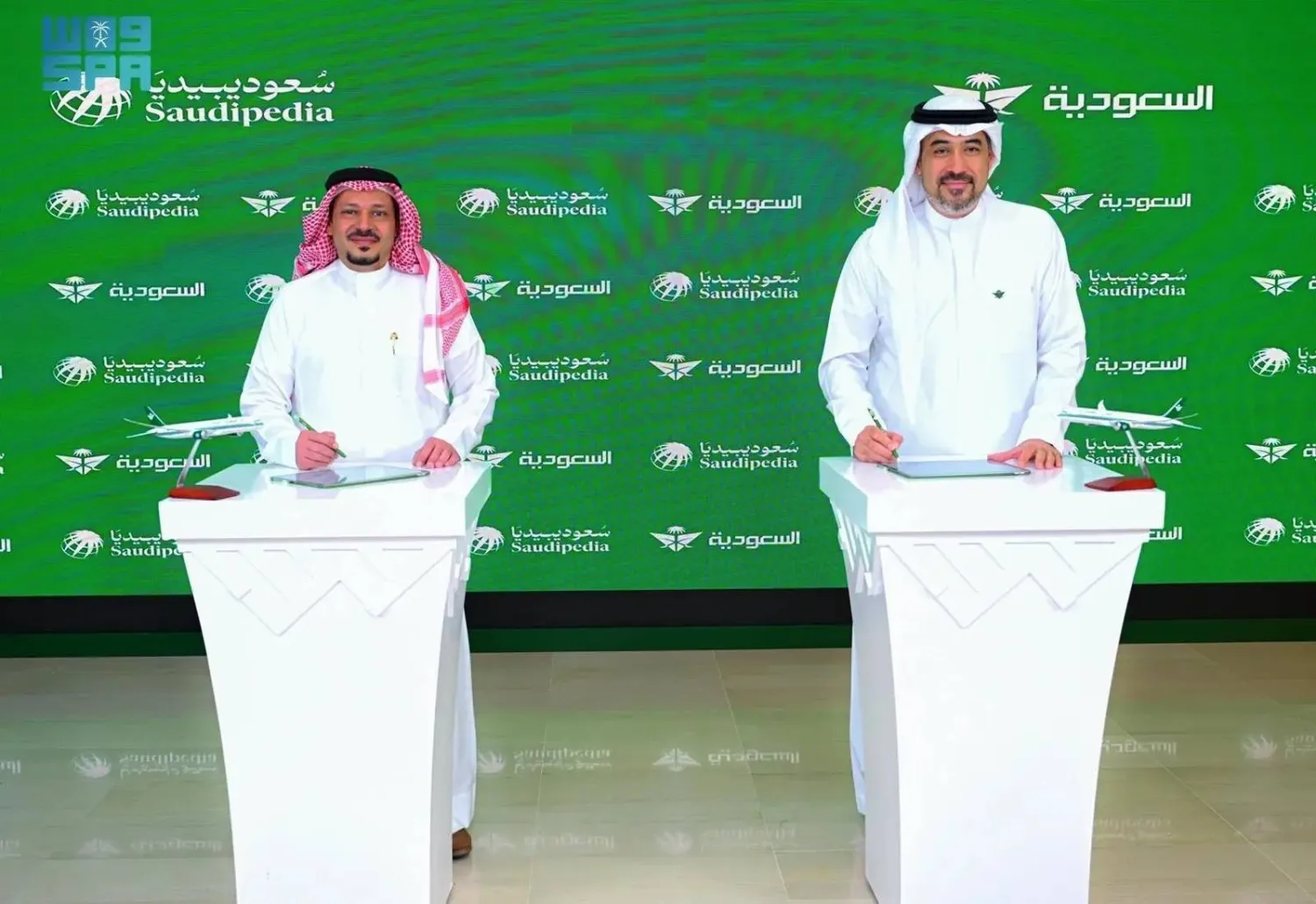The Saudi Arabian Cultural Mission (SACM) at the Saudi Embassy in the US participated in the Embassy Circle event, within the activities of the 76th NAFSA Annual Conference and Expo held in Louisiana.
“Study in Saudi Arabia” program was reviewed in the event, in a bid to attract students from around the world to study in the Kingdom, strengthen educational relations with international universities through the Custodian of the Two Holy Mosques Scholarship Program, and discuss investment opportunities in light of the economic prosperity witnessed in the Kingdom.
The participation in the conference comes within the efforts of SACM to introduce the development of Saudi education, achieve common interests, and boost education and research.







